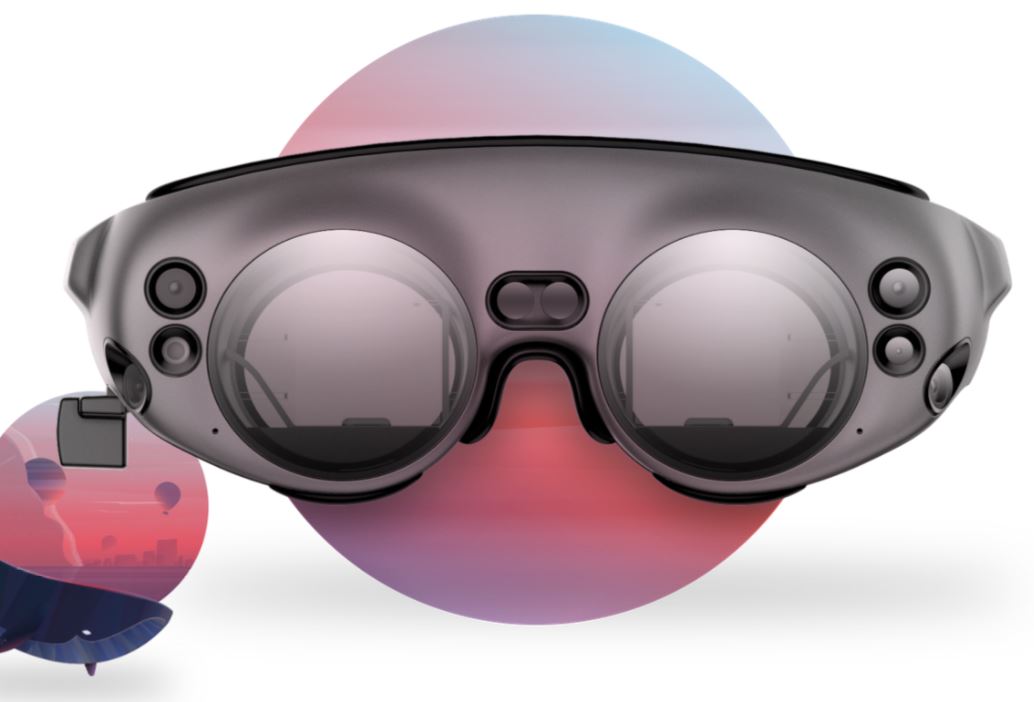Developer compares Magic Leap One to HoloLens
2 min. read
Updated on
Read our disclosure page to find out how can you help MSPoweruser sustain the editorial team Read more

Magic Leap has finally shipped their Mixed Reality headset, allowing developers to measure their hype against real reality, and in this case the existing competition, Microsoft’s HoloLens.
Next Reality has posted their first impressions of the Magic Leap One against the Microsoft HoloLens from a developers point of view, and in most cases found the ML1 to have improved on the state of the art, though with some areas where there are surprising gaps.
Starting with the biggest hype factor, the field of view, they note that it is clearly better, but that it, of course, does not cover your complete field of vision, and that it fails to meet the high expectations Magic Leap’s marketing generated.
When it comes to creating depth maps for developers, Magic Leap’s meshes appeared more accurate than that of the Hololens and were generated 3-5 times faster. The HoloLens, however, did a better job with very dark surfaces and dealt better with bright light outdoors.
When it comes to tracking and world position locking, the Hololens did a better job preventing the slight jitter apparent with the ML1. Objects were, therefore, less solid and less stable in space or when stuck on surfaces, but on par with ARCore and ARKit.
When it comes to optics, the resolution appeared on par with the HoloLens, and with less diffraction rainbow artefacts. The claimed ability to render multiple depths of fields was not very apparent and impactful, despite being a key technology feature of the device.
Unlike the HoloLens the ML1 features built-in eye tracking, but so far this appears to be used mainly to adjust the interpupillary distance, with gaze tracking rather than eye tracking being used to detect which object you are looking at.
The controller was felt to be fast and more responsive than that of the HoloLens, but was mandatory also, with users being unable to get past the boot phase without using the controller, and unable to navigate the device by only using gestures and hand tracking.
Overall it appears the improvements are about what we expect from a device launched 2 years after the HoloLens, but without any ground-breaking advances. Read the first impressions in much more detail at Next Reality here.








User forum
0 messages